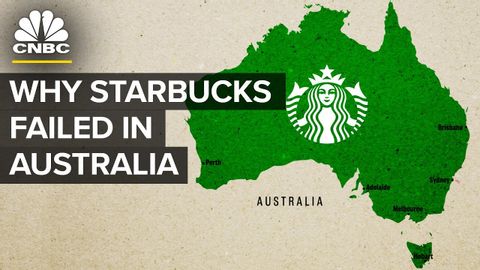
Subtitles & vocabulary
Video vocabulary
crisis
US /ˈkraɪsɪs/
・
UK /'kraɪsɪs/
- Noun (Countable/Uncountable)
- Unstable situation of extreme danger or difficulty
- A turning point in a disease.
B1
More develop
US /dɪˈvɛləp/
・
UK /dɪ'veləp/
- Verb (Transitive/Intransitive)
- To explain something in steps and in detail
- To create or think of something
A1TOEIC
More familiar
US /fəˈmɪljɚ/
・
UK /fəˈmɪliə(r)/
- Adjective
- Well-known or easily recognized
- Having a good knowledge of something.
- Noun
- A close friend or associate.
- (In folklore) a spirit, often in animal form, believed to attend and serve a witch.
A2TOEIC
More brand
US /brænd/
・
UK /brænd/
- Noun
- A mark burned on an animal to show who owns it
- Product made or designed by a named company
- Transitive Verb
- To burn a mark on an animal to show who owns it
- To describe someone as a liar, coward, etc.
A2TOEIC
More Use Energy
Unlock All Vocabulary
Unlock pronunciation, explanations, and filters
